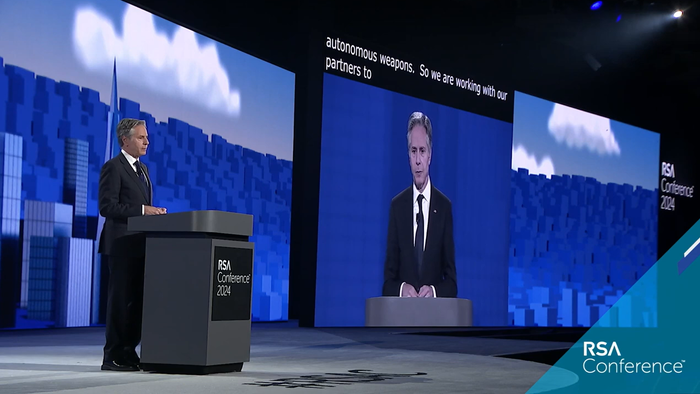Motorola Targets Corporate Split For 2011
The company says it will cleave itself into two separate entities, one focused on mobile devices for home and SMB users, the other for enterprise.

After its previous attempts to break itself up failed, Motorola has reported that it is "targeting" the first quarter of 2011 to separate the company into two separate publicly traded companies.
One company will consist of Motorola's Mobile Devices and Home businesses while the other will include Motorola's Enterprise Mobility Solutions and Networks businesses. Both companies will carry the Motorola brand, according to Motorola's Thursday announcement.
Attempts to break up the company have failed as Motorola has put the mobile devices operation on the auction block, but no acceptable suitors have materialized.
Motorola then hired Sanjay Jha from Qualcomm to turn around the ailing mobile unit about two years ago. Jha, now chief executive officer of the new Mobile Devices and Home businesses, has turned around the unit to the point where Motorola is confident it can succeed on its own.
Jha has concentrated on Google's Android platform and dropped older platforms. The company has received critical acclaim for its Droid smartphone powered by Android.
The decision to split the company is a victory for Wall Street financier Carl Icahn, who has led a long battle to break up the company, arguing that it is worth more broken up than as a single standalone firm.
"The combination of Mobile Devices and our Home business brings together two highly complementary and innovative organizations," Jha said in a statement. "Together we will be best positioned to lead in the convergence of mobility, media, and the Internet. Our expanding portfolio of smartphones and end-to-end video content delivery capabilities will enable us to provide advanced mobile media solutions and multi-screen experiences for our customers."
Motorola had been seeking buyers for its set-top box operation unsuccessfully, but it decided that the set-top unit would be a good fit for Mobile Devices as mobile and home media increasingly converge.
Greg Brown was named chief executive officer of Motorola's Enterprise Mobility Solutions and Networks businesses. That business includes a wide variety of products and solutions ranging from rugged two-way radios, mobile computers, secure public safety systems, scanning, RFID and wireless network infrastructure.
Brown's operation has a long history of stability and has been devoid of the turbulence experienced by the Mobile Devices operation in recent years. Brown said: "As an independent company, we will continue to build on our long-standing tradition of strong customer relationships, leading-edge product development, quality, thought leadership, and solid financial performance."
The Mobile Devices operation may be on its way to recapturing some of the glamour of the bygone days of the unit, which practically invented the cell phone. It had its last "hit phone" in 2005 with the RAZR handset, which had been developed under the leadership of Christopher Galvin, that last of the Galvin family that founded Motorola in the 1930s.
By concentrating on Android handsets, Jha has already regained some market glamour. Its Cliq and Droid handsets have sold well and Jha said the company plans to release 20 additional handsets this year. Eight are destined for China's burgeoning 3G network. He has told analysts that the Mobile Devices unit will be profitable by the final quarter of 2010.
Motorola carried out another large spin off in 2004 when it sold its Semiconductor Products Sector for several billion dollars.
Read more about:
2010About the Author(s)
You May Also Like
Is AI Identifying Threats to Your Network?
May 14, 2024Where and Why Threat Intelligence Makes Sense for Your Enterprise Security Strategy
May 15, 2024Safeguarding Political Campaigns: Defending Against Mass Phishing Attacks
May 16, 2024Why Effective Asset Management is Critical to Enterprise Cybersecurity
May 21, 2024Finding Your Way on the Path to Zero Trust
May 22, 2024
Black Hat USA - August 3-8 - Learn More
August 3, 2024Cybersecurity's Hottest New Technologies: What You Need To Know
March 21, 2024


